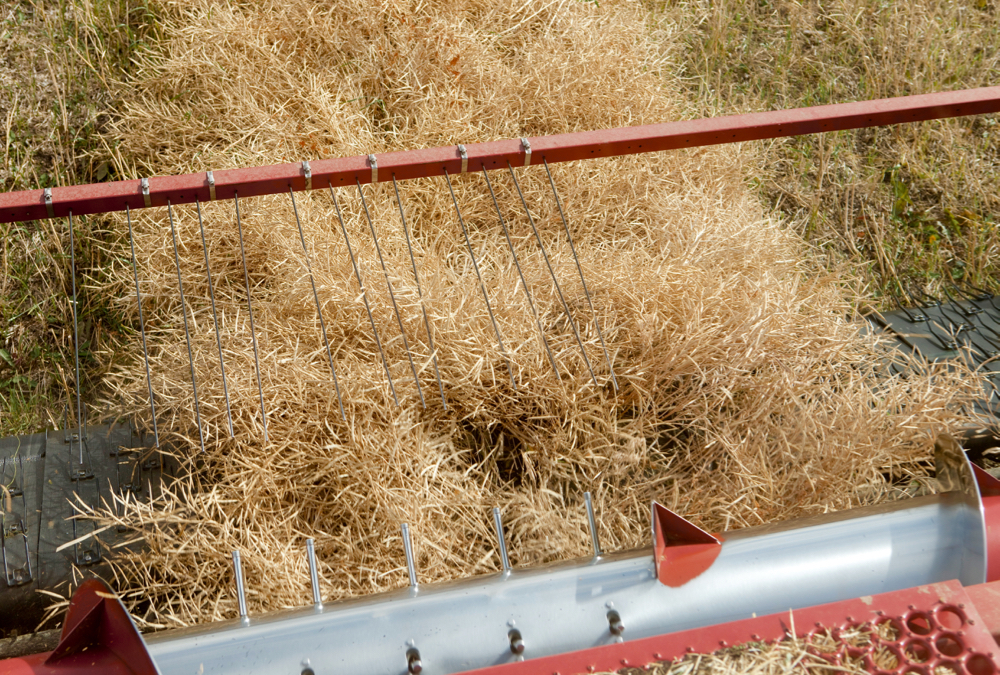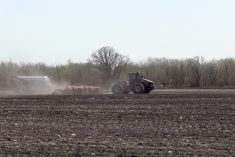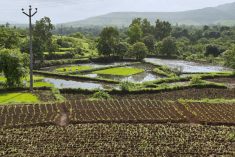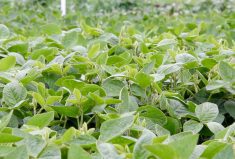CNS Canada — Forage crops in Saskatchewan and Alberta are badly in need of rain, while alfalfa is already being cut in Manitoba, a testament to the difference in moisture levels across Western Canada.
The majority of the snow in Alberta was gone by the end of March, according to the chairwoman of the Alberta Forage Industry Network.
Since that time, growers have mainly seen isolated pockets of rain throughout the province, said Christine Fulkerth of Olds, Alta.
“Traditionally Alberta gets a lot of moisture in June and we’re not seeing that yet,” she said.
Read Also

Alberta harvest wrapping up: report
Harvest operations advanced to 96 per cent complete in Alberta as of Oct. 7, with only a few late-seeded cereal and canola fields remaining, according to the latest provincial crop report.
The area around Grande Prairie and north of Peace River was of particular concern, she said. “We had a couple of really hot days, so we’re looking for a cooling trend.”
Forecasts call for some rain to fall in parts of eastern Alberta and western Saskatchewan in the next few days.
Terry Kowalchuk, a forage crop specialist with Saskatchewan Agriculture in Regina, said however much moisture arrives will be welcome.
“The west edge (of Saskatchewan) is probably most affected, especially north of Swift Current and south of North Battleford; there’s a little pocket that creeps in from Alberta that is extremely dry,” he said, adding some producers were already thinking about alternatives for winter feeding.
“They’re maybe thinking about other sources of feed or maybe looking at their herd a little more closely and wondering if they can cull a little more aggressively.”
At this point, no one in the province had started to cut alfalfa, said Kowalchuk, and some rain would absolutely be needed in the next few weeks.
The situation is completely different next door in Manitoba, where hay is already being cut in the province’s southeast.
“In Manitoba we’re looking for an average to below-average crop, tonnage-wise. Right now we’re at the peak of quality, so if the guys can get the crop off, they’ll be doing very well,” said John McGregor of the Manitoba Forage and Grassland Association in Winnipeg.
He cautioned it’s still too early to know how the season will turn out, as just one cut has been made with two or three likely still to come.
“The total production really depends on what we get on the second, third, fourth cut,” he explained.
One region that may have too much moisture is the area south of Portage La Prairie. McGregor noted it had received an inch and a half of moisture recently.
“If we don’t get any more rain and get some nice weather, then it should improve.”
— Dave Sims writes for Commodity News Service Canada, a Winnipeg company specializing in grain and commodity market reporting.
















